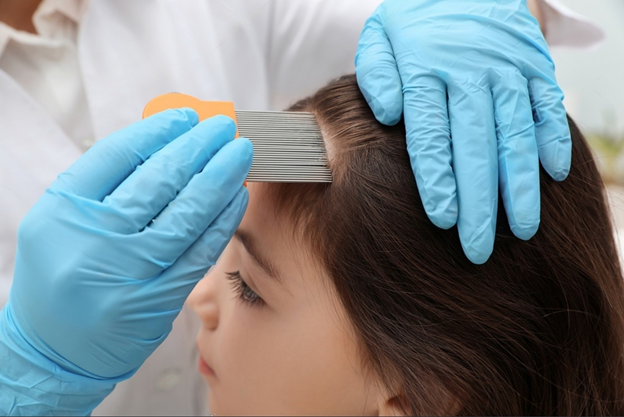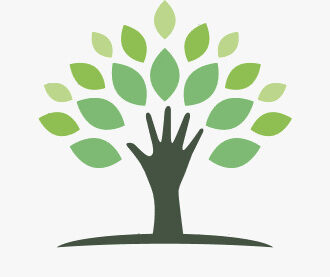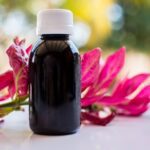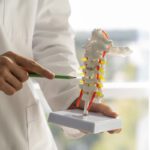Lice are pesky, blood-sucking insects that infest the scalp, causing itching and discomfort. While they are not classified as a disease, lice infestations can lead to complications such as skin infections due to excessive scratching.
If you’re wondering how to remove lice from hair permanently, this comprehensive guide will provide you with effective, research-backed solutions, including natural remedies, professional treatments, and preventive measures.
Understanding Lice: Lifecycle and Transmission
Lice are small, wingless insects that feed on human blood. They are most commonly transmitted through direct head-to-head contact or by sharing personal items such as combs, hats, or pillows. Knowing their lifecycle is crucial to effectively eliminating them:
- Eggs (Nits): Tiny, oval-shaped eggs that are often mistaken for dandruff. They hatch in about 7-10 days.
- Nymphs: Baby lice that mature into adults within 7-10 days.
- Adults: Fully grown lice can live up to 30 days and lay 6-10 eggs daily.
Those tiny eggs may look like flakes of dandruff. Both conditions are different and can be removed with different remedies, so it is important to know about dandruff vs lice symptoms.

Lice vs. Dandruff: Key Differences
| Feature | Lice | Dandruff |
|---|---|---|
| Appearance | Small insects; eggs are glued to hair shafts | White flakes on scalp and hair |
| Movement | Can crawl but not jump or fly | Static, does not move |
| Cause | Direct contact with an infested person or item | Dry scalp, fungal growth |
| Treatment | Removal and medicated solutions | Anti-dandruff shampoos |
Is it possible to remove lice permanently?
Technically, it is possible. However, after proper removal, your head is free of lice until you come into contact with lice again. You must stop them from feeding on your blood.
To do so, we have listed some ways to remove lice from your head permanently.
How to Remove Lice From Hair Permanently?
1. Use a Fine-Toothed Lice Comb
A lice comb is one of the most effective tools for manual removal. Opt for a metal comb with fine teeth, as it is better at catching both lice and nits.
Steps:
- Apply a natural oil (e.g., coconut or almond oil) to your hair to reduce friction.
- Section your hair and comb through from root to tip.
- Wipe the comb on a tissue or rinse it in warm water after each pass.
- Repeat daily until no lice or nits remain.
Pro Tip: Use this method in conjunction with other remedies for best results.
2. Salt and Vinegar Solution
This natural remedy is a cost-effective way to eliminate lice and their eggs. Salt kills lice by dehydration, while vinegar helps loosen nits from the hair shaft.
Steps:
- Mix one cup of warm water, two tablespoons of salt, and one cup of vinegar.
- Apply the solution to your scalp and massage thoroughly.
- Leave it on for 20 minutes before rinsing with shampoo.
- Use a lice comb to remove the remaining lice and eggs.
Caution: Avoid using this remedy if you have open wounds on your scalp, as it may cause irritation.
Also read: Know The Causes Of Premature Greying Of Hair And Ways To Deal With It
3. Medicated Treatments
Over-the-counter (OTC) and prescription medications are often the most reliable options for severe infestations. According to a study published in the Journal of Pediatric Dermatology, medicated treatments have an effectiveness rate of up to 90% when used correctly.
Common Options:
- OTC Treatments: Products containing permethrin (1%) or pyrethrin are widely available. Brands like Nix and Rid are popular choices.
- Prescription Medications: For resistant lice, doctors may prescribe treatments containing ivermectin or spinosad.
Steps:
- Follow the instructions on the product label carefully.
- Reapply after 7-10 days to kill newly hatched lice.
- Combine with regular combing for optimal results.
Note: Consult a healthcare provider to determine the best option for you, especially for children under two years or pregnant women.
Also read: Hairpieces for Men: Confidence Restored in Minutes
Preventative Measures to Avoid Reinfestation
Preventing lice from returning is just as important as removing them. Here are some practical tips:
- Avoid Head-to-Head Contact: Minimize close contact with individuals who may be infested.
- Don’t Share Personal Items: Use your own combs, brushes, hats, and pillows.
- Clean and Disinfect: Wash bedding, hats, and other personal items in hot water. For non-washable items, seal them in a plastic bag for two weeks.
- Regular Hair Checks: Conduct weekly inspections, especially for children in school.
- Maintain Hair Hygiene: Use shampoos and conditioners that deter lice infestations.
When to Seek Professional Help
If natural remedies and OTC treatments fail, it may be time to consult a healthcare provider. Persistent lice infestations could indicate resistance to common treatments or improper application techniques.
Professional Services
- Dermatologists: Can prescribe advanced treatments tailored to your condition.
- Lice Clinics: Offer professional removal services using heat or suction devices.
Final Thoughts
Removing lice permanently requires persistence and the right combination of remedies. Whether you choose natural treatments, medicated products, or professional services, ensure you follow through with preventative measures to avoid reinfestation. Remember, lice infestations are common and treatable, so don’t hesitate to seek help if needed.
Disclaimer: This content is for informational purposes only and should not substitute professional medical advice. Always consult a healthcare provider for personalized guidance.
References:
- Centers for Disease Control and Prevention (CDC). (n.d.). Head Lice Information for Parents. https://www.cdc.gov.
- American Academy of Dermatology (AAD). (n.d.). How to Treat Head Lice. https://www.aad.org.
- Journal of Pediatric Dermatology. (2020). Efficacy of Medicated Lice Treatments.


